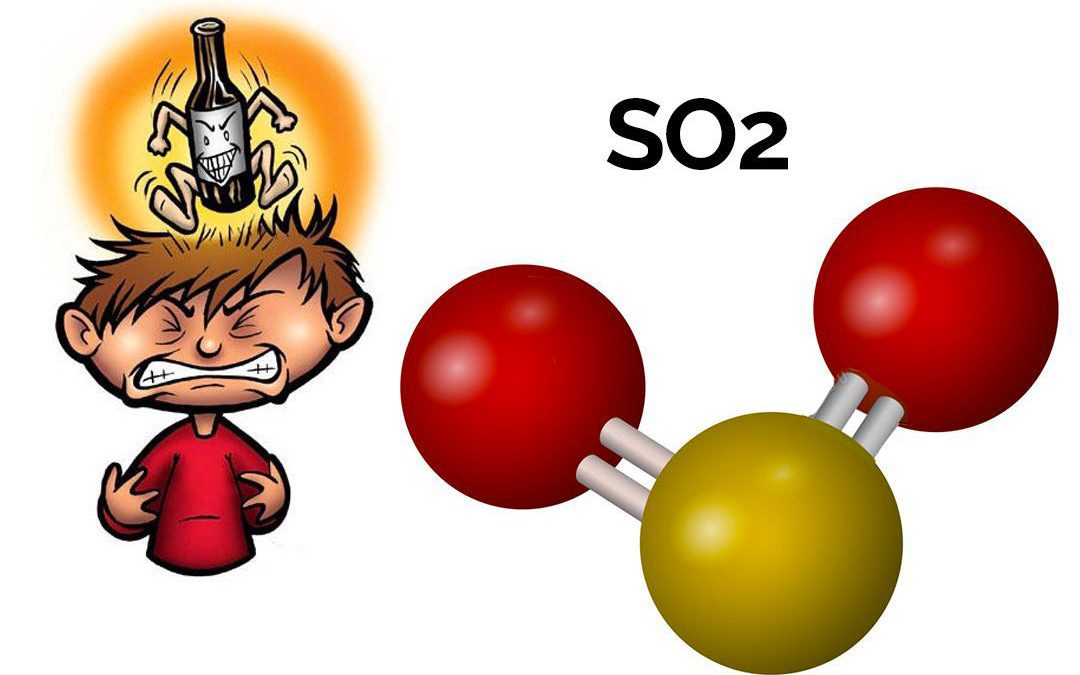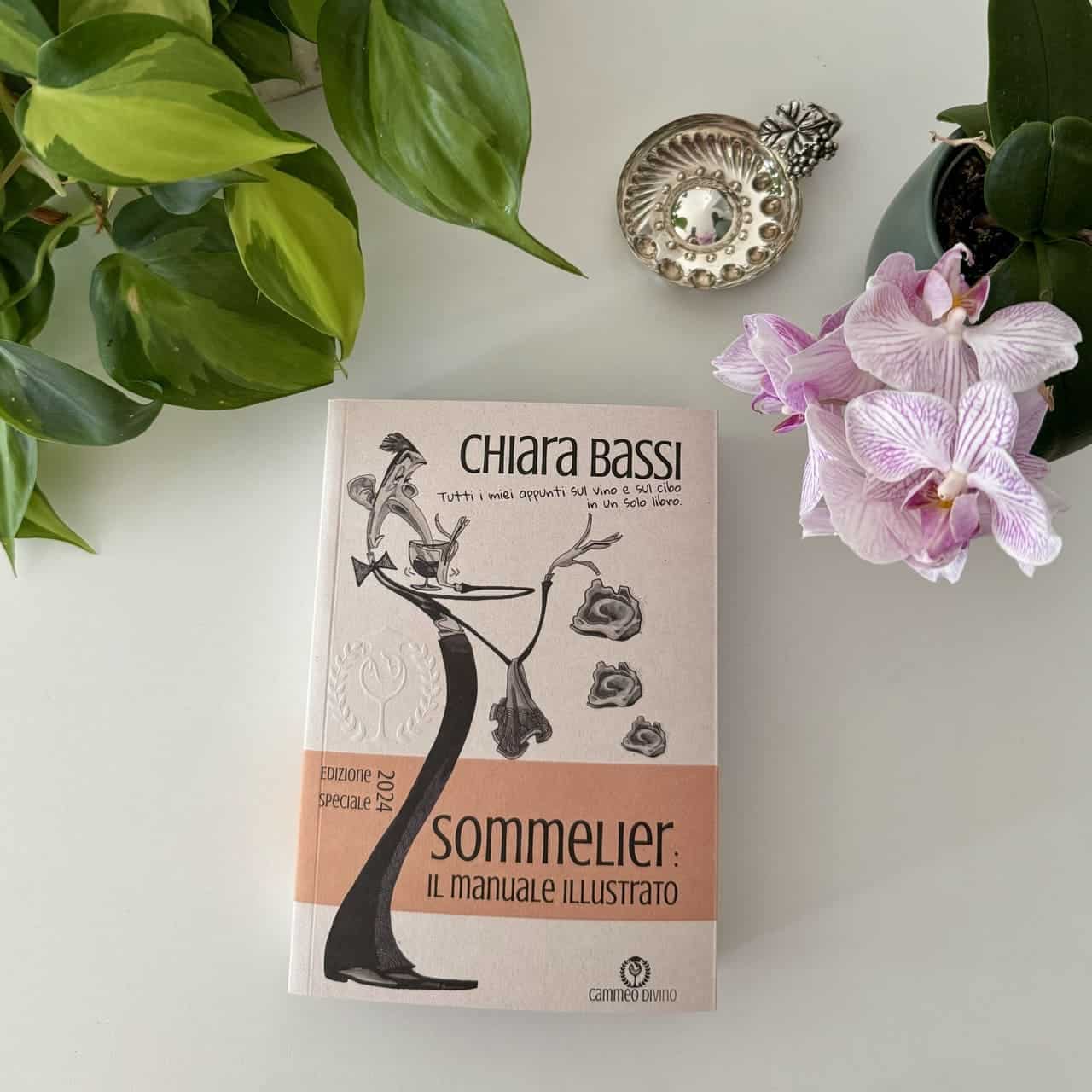Sulphur dioxide is one of the most talked about topics in the wine world. Around it revolve myths, urban legends, rubbish, weird ideas and so on and so forth. That is why today I decided to write this article where I tell you about 10 truths of the dreaded SO2 and especially on the why wine contains sulphites. 🤓 😎
1) Sulphur dioxide and sulphites: what are they?
SO2 is a gas with a characteristic burning matchstick smell that is formed by the combustion of sulphur. Sulphites are therefore an additive and as such must be indicated on the label.
2) Sulphur dioxide: does it have side effects?
SO2 has several side effects and is therefore classified by European regulations as one of the 14 substances used that can cause allergies and/or intolerances. So when you hear some winemaker say that this is all bullshit, know that the CERTIFIED side effects are:
- is irritating;
- tastes unpleasant;
- can cause headaches (at very high doses).
- asthma or breathing difficulties.
Obviously, these are side effects that assume a hypersensitivity to SO2. I had already specified this, but it did not seem clear enough. However, this is why the law in wine allows very limited use of it. However, until now no equally good substitute has been found despite numerous attempts in the physical and chemical fields, and so it continues to be used, trying to moderate its use as much as possible.
So many foods have sulphites added to them, for example to improve preservation, so it should be compulsory to write the actual amount present on the label even for foods other than wine. It is understood that people who are not hypersensitive to sulphites are unlikely to have side effects unless they have consumed a great deal of sulphites from various food sources throughout the day (wine should be the tip of the iceberg!).
3) Sulphur dioxide: what is it used for?
- Sulphur dioxide serves mainly as a selective antiseptic against microorganisms in the must. In practice, it serves to inhibit the development of undesirable strains (which can trigger undesirable spontaneous fermentations) by promoting the preservation of the right strains. When used at a low concentration (5-30 g/hl) kills many harmful microorganisms without damaging the saccharomyces. When used at high doses (130-180 g/hl), it irreparably damages saccharomyces, rendering the must mute, i.e. infermentescible. Its effectiveness depends on its concentration, the ambient temperature, the acidity and composition of the must, and finally the type and stage of the micro-organism (yeasts are more resistant than bacteria, and the more inert the micro-organisms, the better the effectiveness of SO2).
- Sulphur dioxide serves to solubilise colouring substances and polyphenols in general causing greater colour intensity and vibrancy. An overdose, however, causes the opposite, discolouring action!
- Sulphur dioxide serves to acidify the wort directly or indirectly. In the latter case, we have an inhibition of lactic bacteria and a reduction in malolactic fermentation as lactic acid is weaker than malic acid.
- Sulphur dioxide serves to defecate must as the increased acidity facilitates the flocculation of negatively charged colloids.
- Sulphur dioxide serves to prevent oxidation thanks to its reducing properties (it is easy for it to oxidise to sulphate... ah the oxidation reactions I studied in chemistry at university... see what they were for?). The peroxides that arise from polyphenols are the first to benefit from its antioxidant action. Moreover, this action destroys and inactivates the oxidases responsible for the oxidasic case (I advise you to brush up: Wine alterations, defects and diseases).
4) Sulphur dioxide: in what form is it used?
Sulphur dioxide can be used in various forms:
- GASEOUS STATE: in this case the treatment - which is based on the combustion of discs or fuses of sulphur suspended inside closed vessels - is only used to sterilise wooden wine vessels.
- LIQUID STATUStreatment is carried out with cylinders from which the SO2 comes out with a nozzle.
- SOLID STATEIn this case, the treatment is done with sodium sulphite, sodium bisulphite, sodium metabisulphite and potassium salts. Small producers generally prefer this method.
5) Sulphur dioxide: how do we find it in wine or must?
SO2 is present in musts or wines:
- Sulphur dioxide in free formwine is a hydroalcoholic solution and in this type of environment the SO2 forms hydrates that dissociate, releasing H+ ions, forming - it is thought - sulphurous acid. Consequently we obtain bisulphites, metasulphites... and where the pH>5 also sulphites. The antibacterial function is maximum.
- Sulphur dioxide in bound formSO2 - and its derivatives - combine with molecules with an aldehyde, carbonyl or ketone function (acetic adelaide, sugars, pyruvic acid and α-ketoglutaric acid) and, to a lesser extent, with proteins and polyphenols. Of all these combinations, only the one between sulphur dioxide and acetic aldehyde is stable and definitive, thus guaranteeing an antibacterial function.
6) Sulphur dioxide: at what stage of the wine production process is it used?
In the winery during the wine production process, sulphur dioxide can be used in several stages, from grape treatment to cleaning the wine vessels, from sulphiting the must to soaking the wine. However, the best time to add sulphur dioxide is in the mashing phase or anyway before the fermentation phase begins.
7) Sulphur dioxide: when is it necessary to increase doses?
I am sure that at least once someone has told you 'wine is made in the vineyard'. Well, let's say that as far as the sulphur dioxide content is concerned, it is certainly true! If you use grapes that are damaged or sub-optimal in terms of the ratio of acidity to sugar concentration, perhaps with a low PH, you need to raise the sulphur dioxide dose. You have probably noticed that with low quality white wines you are more likely to get a headache... this happens because for white vinification a higher dose of sulphur dioxide is required anyway and among other things it also hinders malolactic fermentation (as I explained in point 4) and if the grapes are altered and more has to be added... the omelette is made!
8) Sulphur dioxide: what is the maximum permitted dose and what does the law say?
- 150 mg/l for red or liqueur wines with sugars of less than 5 mg/l, ceiling that can be raised up to 200 mg/l in the case of red or liqueur wines with a sugar content (expressed by the sum of glucose and fructose) of more than 5 mg/l;
- 185 mg/l for quality sparkling wineswhich can be raised to 235 mg/l for all other sparkling wines;
- 200 mg/l for white and rosé wines with sugars below 5 mg/lwhich can be raised to 250 mg/l in the case of white or rosé wines with a sugar content (expressed as the sum of glucose and fructose) of more than 5 mg/l.
- E 200-203: sorbic acid which can be added alone or in combination and the maximum level is applicable to the sum, expressed as free acid;
- E 220-228: Sulphur dioxidesulphites, maximum levels of which are expressed as SO2 and refer to the total amount, available from all sources; SO2 content not exceeding 10 mg/kg or 10 mg/l is not taken into account.
9) Sulphur dioxide: what changes in organic, biodynamic or natural wines?
- 100 mg/l for red or liqueur wines with sugars of less than 2 mg/l, ceiling that can be raised up to 130 mg/l in the case of red or liqueur wines with a sugar content (expressed by the sum of glucose and fructose) of more than 2 mg/l;
- 150 mg/l for white and rosé wines with sugars of less than 2 mg/lwhich can be raised to 180 mg/l in the case of white or rosé wines with a sugar content (expressed as the sum of glucose and fructose) of more than 2 mg/l;
- 155 mg/l for quality sparkling wineswhich can be raised to 205 mg/l for all other sparkling wines.
As you can find in the European Implementing Regulation 203/2012.
10) Sulphur dioxide: what are wines without added sulphites?
I hope as always that I have been useful to you! If you would like to discuss this topic further or if you have something to add, I invite you to scroll down the page and leave me a comment.
Cheers 🍷
Chiara


